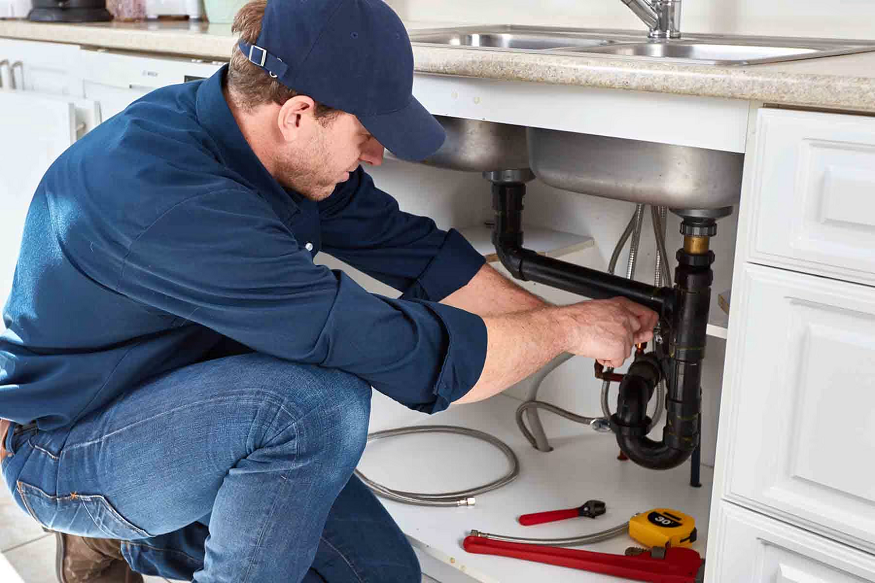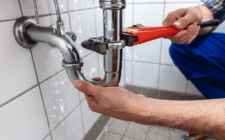The water heater is the unsung hero of the modern home, a vital appliance that ensures consistent comfort and sanitation. We rely on it every day for everything from our morning shower to washing dishes and clothes. Yet, we rarely give it a thought until the day it fails, plunging us into the icy shock of a cold shower. Whether you are facing a necessary replacement, planning a home upgrade, or installing a water heater in a new construction, the installation process is a significant home improvement project that requires careful planning, technical knowledge, and an understanding of efficiency. Knowing the essential steps and considerations is the key to ensuring a reliable supply of hot water for years to come.
Water heater installation is far more complex than simply swapping out an old unit. It involves critical decisions about fuel source, size, type, and, crucially, compliance with local building codes. Because these units deal with high-pressure water and high-energy sources (gas or electricity), professional plumbers near me installation is not just recommended—it’s often a legal requirement and an essential safety precaution.
Choosing the Right Type: Tank vs. Tankless
The first major decision in any water heater installation is selecting the type of unit. The choice directly impacts efficiency, upfront cost, and long-term operating expenses.
- Conventional Storage Tank Heaters: These are the most common and typically the least expensive upfront. They heat and store a large volume of water (usually 40 to 80 gallons) in an insulated tank. Installation is generally straightforward, making it a common choice for direct replacement. However, they suffer from “standby heat loss,” meaning they continuously use energy to keep the stored water hot, even when no one is using it.
- Tankless (On-Demand) Water Heaters: These units heat water instantly as it flows through a heat exchanger, providing an endless supply of hot water. They are significantly more energy-efficient than tank units because they only use energy when hot water is called for. While the unit itself and the installation costs are higher, the long-term energy savings can justify the investment. Installation is more complex, often requiring upgrades to gas lines or electrical systems to handle the higher energy demand.
Your choice should be based on your household’s hot water demand, available space, fuel type, and your long-term efficiency goals.
Understanding Building Codes and Safety
Water heater installation is heavily regulated by local and national building codes, primarily for safety reasons. These codes govern everything from venting to placement. Professional installers are trained to ensure full compliance.
- Venting (Gas Units): Gas and propane water heaters produce combustion gases that must be safely vented outside. Code dictates the type of venting material, the slope, and the clearance from combustible materials. Improper venting is extremely dangerous, as it can lead to carbon monoxide poisoning. Modern, high-efficiency units often use power venting, which requires an electrical connection and special piping.
- T&P Relief Valve: Every tank heater must have a Temperature and Pressure (T&P) relief valve, which automatically opens if the pressure or temperature inside the tank gets too high. This valve must be connected to a discharge pipe that directs the hot water safely to the floor or outside, preventing a catastrophic tank rupture.
- Seismic Strapping and Placement: In earthquake-prone areas, code requires water heaters to be securely strapped to the wall to prevent them from tipping over. Additionally, placement restrictions often dictate that water heaters in garages must be raised on a platform to prevent ignition of flammable vapors near the floor.
- Drip Pans: In spaces where a leak could cause damage (e.g., in an attic or closet), a drain pan must be installed beneath the unit, connected to a dedicated drain line.
Attempting to install a water heater without adherence to these codes can void insurance, lead to safety hazards, and result in costly fixes down the road if discovered by an inspector.
Ultimately, a water heater installation is a long-term investment in your home’s comfort and safety. By making informed choices about the type and size of the unit and entrusting the job to a licensed professional, you ensure that your unsung hero will continue to deliver reliable hot water for the next decade or more.




